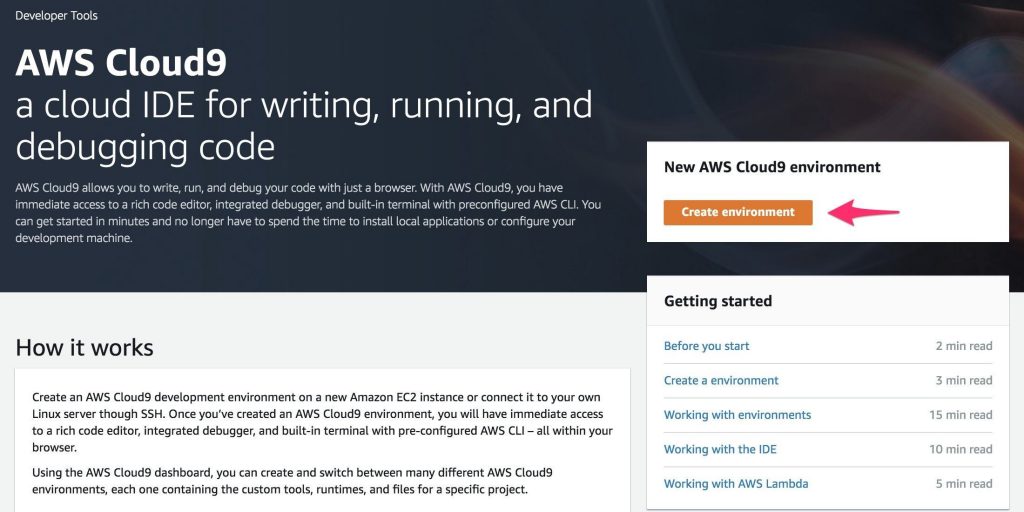AWS Public Sector Blog
Tag: Microservices
Delivering modern, accessible virtual healthcare solutions with the cloud
Telehealth solutions make virtual, real-time interactions between patient and provider possible. These solutions can be beneficial for both patients and care providers, letting patients receive care without having to step into a doctor’s office—a key feature that has benefits for those in hard-to-reach or rural areas and patients with mobility issues. Additionally, these solutions can help reduce physical traffic in hospitals, which is imperative during the pandemic. Customers around the globe share how building on AWS, helps them scale, innovate, and operate at scale to improve the patient and care provider experience.
T Digital shares lessons learned about flexibility, agility, and cost savings using AWS
T-Digital, a division of Tshwane University Technology Enterprise Holding (TUTEH) in South Africa, built TRes, a digital platform for students living in student housing and for accommodation providers. TRes connects students with available housing and verified and authorized property owners. It addresses student accommodation needs and helps verified and approved property owners fully allocate their residences, while alleviating administrative burden. With help from AWS Professional Services, T-Digital experienced flexibility, agility, and realized cost savings.
How artificial intelligence and Amazon Alexa are teaching students to write
Ecree, an AWS EdStart Member, was founded by educators who believed the way we teach students to write is broken. The volume of work a teacher is being asked to do means students don’t always get the necessary attention and feedback required to develop their writing skills. Ecree’s founding team set out to support teachers and students by creating the world’s first rules-based tool that assesses student writing in the same way a highly trained professor does, on-demand. The solution uses cloud technologies including machine learning (ML), artificial intelligence (AI), and voice technology to help improve student writing.
Raising the bar on storage: How to improve your disaster recovery, ransomware prevention, and backup strategy
Data is an organization’s critical asset, which is why safeguarding it against ransomware attacks, natural disasters, emergencies, or technical failures is a top priority. Legacy data storage, such as tape, makes sharing and protecting data costly and time consuming. AWS released a series of educational webinars and whiteboarding videos that discuss how to raise the bar on data protection in the AWS Cloud.
How to develop microservices using AWS Cloud9, Docker, and Docker Compose
According to a survey of attendees at the AWS DC Public Sector Summit in 2019, 74% of government IT professionals believe their agencies hold onto data centers longer than they should. Monolithic methods of deployment impact speed, performance, and cost. With microservices, customers can break their monoliths into smaller business units, making it easier to migrate and manage systems in the cloud. This post outlines how customers can migrate from on-premises data centers to the cloud and break away from monolithic methods of deployment using microservices and containers.
Evolving to a Microservices Architecture in Public Sector IT Organizations: Phasing in Containers and Serverless for Microsoft .NET Applications
Imagine this scenario: it’s the last day to file a business permit renewal. You are a small business owner who goes online, completes a renewal form, and clicks “submit.” Behind the scenes, processing ensues. While you wait for the business permit to be processed, you wonder why the system doesn’t instantly accept and approve your form. Why not have the back-end processing take place separately so you can receive a notification a few minutes later with your permit attached?





